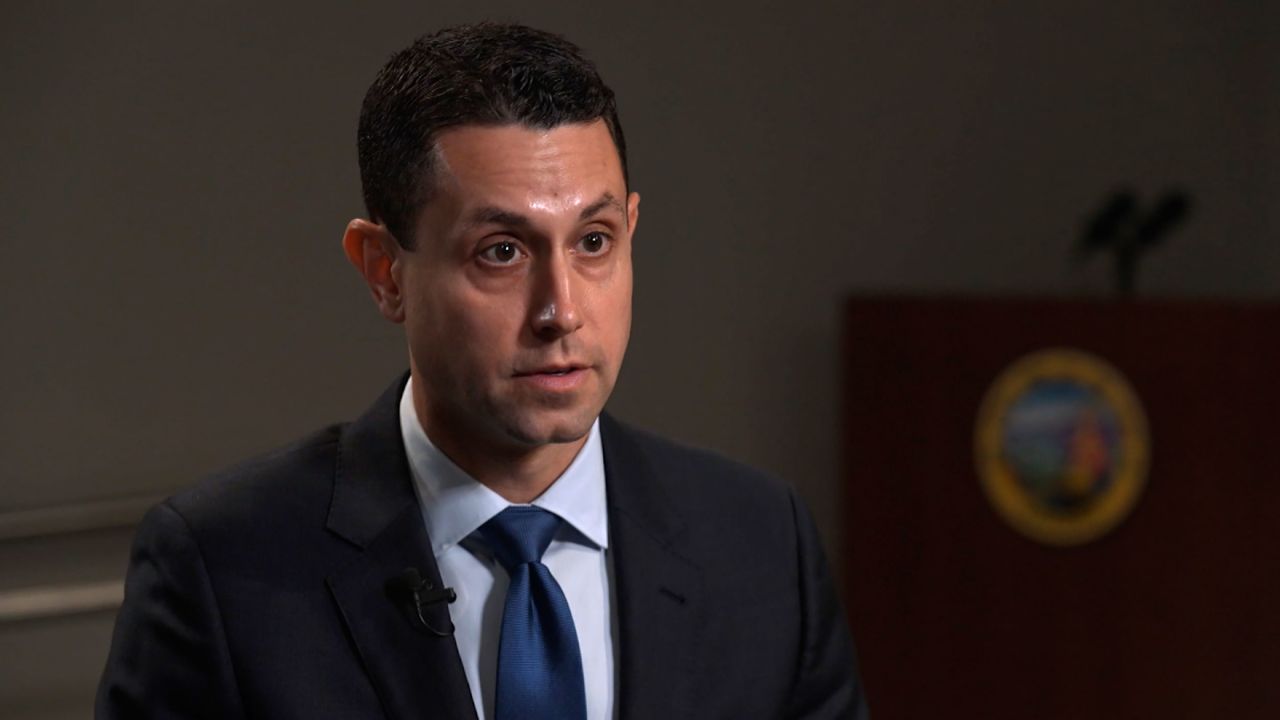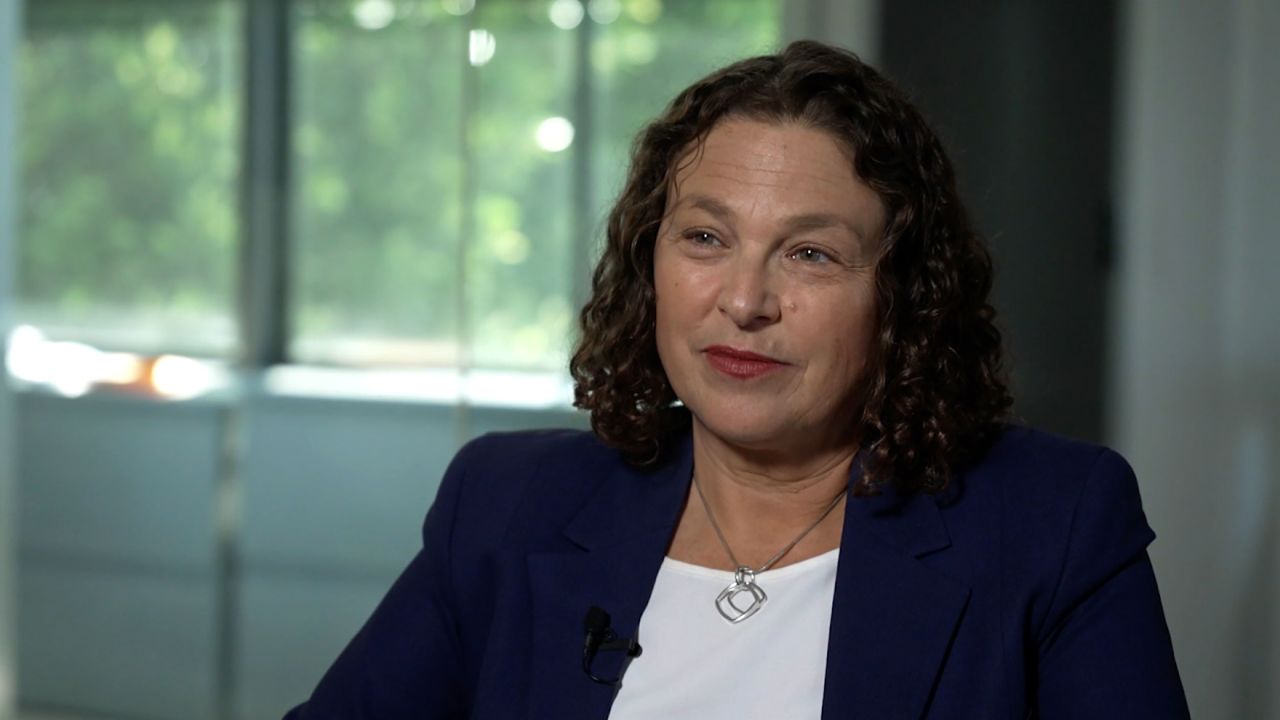California has spent billions to fight homelessness. The problem has gotten worse
Homelessness crisis in California worsens despite state spending billions to fight itCalifornia has spent a stunning $17.5 billion trying to combat homelessness over just four years. But, in the same time frame, from 2018 to 2022, the state’s homeless population actually grew. Half of all Americans living outside on the streets, federal data shows, live in California.
Across the country, homelessness is on the rise. But California is adding more homeless people every year than any other state. More than 170,000 unhoused people now live here.
“The problem would be so much worse, absent these interventions,” Jason Elliott, senior adviser on homelessness to Gov. Gavin Newsom, told CNN. “And that’s not what people want to hear. I get it, we get it.” But with $17.5 billion, the state could, theoretically, have just paid the rent for every unhoused person in California for those four years, even at the state’s high home costs. “That is reductive … Perhaps that would work for me, because I don’t have significant behavioral health challenges.” said Elliott. “If two thirds of people on the streets right now are experiencing mental health symptoms, we can’t just pay their rent.”

A new study found most homeless people in California last had a home in California, dispelling the myth that people come to the state specifically for homeless help.
David Swanson/AFP/Getty Images
The admittedly reductive math would leave nearly $4 billion for services like mental health treatment. But even if California did want to pay rent for every homeless person, there just isn’t enough affordable housing to go around. “We need 2.5 million more units in California,” said Elliott. “This is a problem that is decades and decades in the making because of policy choices that we’ve made. We are not blameless. And when I say we, I mean Republicans and Democrats alike.”
A total of $20.6 billion has been allocated through 2024 to combat homelessness. Nearly $4 billion went to local governments to spend on anti-homelessness initiatives. $3.7 billion went to a program called Project Homekey, which also funds local governments, but specifically to buy properties like motels and commercial buildings to turn into permanent, affordable housing. So far 13,500 units have been finished. “It’s not enough,” said Elliott. “But reversing the slide is the first step to creating an increase.”

Jason Elliott acknowledges the widespread frustration with the pace of change while insisting the investment California has made is money well spent.
CNN
Cristina Smith recently moved into one of the new affordable units in Los Angeles. After five years without a home she had, like many, given up hope. “I thought it was fake,” she told CNN affiliate KCBS. “Until they gave me the keys and then I was like this is real. You don’t believe it after a while.”
A further $2 billion from the huge pot went toward tax credits for developers to build affordable housing, which has seen 481 new units completed so far, with thousands more anticipated. Another $2 billion went to kick-start affordable housing projects, stalled by funding shortfalls. And nearly $2 billion was spent on emergency rental assistance.
California has, in recent years, suffered devastating wildfire seasons and, of course, the Covid pandemic. Both put extra pressure on housing.
“It’s frustrating, it’s frustrating … It’s frustrating for us,” said Elliott. “At the end of the day if we want to truly solve homelessness in America. We need to build more housing.”
Dr. Margot Kushel, who worked with Elliott to formulate a pandemic plan for the state’s homeless population, just published a hefty report, the results of a survey of nearly 3,200 unhoused people across California she hails as “the largest representative study of homelessness since the mid-1990s.” Kushel, who is director of the UCSF Center for Vulnerable Populations, was commissioned by the state to find out who is homeless in California and why, in the hope her data might help fine-tune the state’s response to what Newsom has called “a disgrace.”
Politicians, and many voters, want solutions. Newsom devoted his entire State of the State speech in 2020 to the issue. In a recent poll, 84% of Californians said they think homelessness is a “very serious problem.” In Los Angeles, the issue dominated last year’s mayoral race with the winner, Karen Bass, declaring a state of emergency on homelessness on her very first day in office.

California Gov. Gavin Newsom, center, and San Jose Mayor Sam Liccardo, left, tour an emergency housing community site in San Jose in October 2020, shortly after Newsom announced more funding to fight homelessness.
Dai Sugano/Bay Area News Group/AP
Kushel’s report dispelled some myths. Number one, that many people on the street don’t want a home. Not true, says Kushel. “Participants overwhelmingly wanted permanent housing,” she concludes in the report. Number two, that many people on the streets of California are not from California. There’s a widely held belief that many people become homeless elsewhere, and come to California for the weather and the more liberal approach to homelessness. And therefore, California does not owe them anything. Not true, says Kushel.
“Nine out of 10 people lost their stable housing here. These are Californians,” she said. “We have to create the housing for all Californians.”
Los Angeles is offering the homeless motel rooms ... but with some tricky conditions
Myth number 3: that mental illness is the driving force behind homelessness. Yes, 66% of respondents did report, “symptoms of mental health conditions currently,” which is the statistic quoted by Elliott, the governor’s adviser, to argue a solution is more complicated than just writing rent checks. But Kushel questioned if mental health problems led to homelessness, or the other way round.
“Most of that, half of people, had severe depression or severe anxiety – not surprising if you were experiencing homelessness,” she said.
Still, tackling mental health issues among the unhoused is a major plank in the Newsom administration’s effort. “We’re taking a new approach,” he said last spring when unveiling his mental health plan, “Rather than reforming in the margins a system that is foundationally and fundamentally broken.”
Part of the new approach is, controversially, to effectively force some people into mental health help – allowing relatives, social services or medical personnel to refer people to be considered for a court-ordered treatment program.
“Just tackling the mental health side can’t solve the problem,” says Kushel. “Not when the median rent is $2,200 for a two-bedroom apartment.”
See where thousands of homeless are forced to live in LA
Which brings us back to the need for 2.5 million more homes. The state does have a plan to build them all by 2030. But here in California, like elsewhere, housing and zoning decisions are down to local governments.
“We’ve got communities in this state that are refusing to build low-income housing,” Elliott, the governor’s adviser, told CNN. “Because they say it’s all just rapists and child molesters. So that’s, that’s, that’s the dynamic that we’re facing, right?”
The state is suing a number of wealthier cities for thwarting the construction of affordable housing within their borders.
There aren’t enough affordable houses in California, therefore rents are too high.
“The primary problem for homelessness is economics,” said Kushel. “People just don’t have the money … to pay the rent.”

Dr. Margot Kushel said getting people into permanent housing -- not just off the street -- needs to be the focus.
So, how much money would people need to make up the shortfall and stay in their homes? “One of the surprising things was how optimistic people were that relatively small amounts of money would have prevented their homelessness,” Kushel said of the people surveyed. “For a lot of them, that $300 or $500 a month would do the trick.”
The Newsom administration is spending more to combat homelessness than this state ever has before. Prior to 2018 there was no coherent statewide plan or funding structure. But, they say, the state needs help. “The federal government needs to get in the game and do what it used to do, which is provide housing as a guarantee,” said Elliott. He says for every four Americans in need of a housing voucher, there is just one voucher available.
“Food stamps are a guarantee. Health care is a guarantee. Public education is a guarantee,” he said. “Housing? 25% chance. Spin the wheel.”
Asked how state officials have reacted to her report and recommendations, Kushel replied, “I think they’re on board. I hope, I think they’re relatively on board. I don’t agree with everything, but I think they’re trying.” Asked what she doesn’t agree with, Kushel demurred, “Oh, gosh, I don’t know. I mean, as you can hear, I really want to have a single-minded focus on getting people into permanent housing and I think that is the root of how we end homelessness.” She did agree some politicians might be more focused on the window dressing of getting people off the street, into shelters or motels, rather than actually into permanent housing.
“I couldn’t disagree more with that characterization,” said Elliott. “We’re facing a tidal wave and we’re doing the best we can – to mix metaphors a little bit – to paddle out from that and to try to tread water and do as best we can while we try to make the fundamental change necessary both in California and at the national level to truly address homelessness.”
In Los Angeles, the epicenter of the homelessness crisis in the Golden State, Mayor Bass launched a program called Inside Safe, to clear street encampments. At a roundtable with reporters recently, she was keen to trumpet the success of moving more than 1,300 people off the streets into motels but refused to even estimate how many of those people have been moved into permanent housing. The 2023-2024 city budget includes $250 million for Inside Safe. From the total, $110 million will be used to pay for temporary motels. $21 million will be used for permanent housing.
I know one woman in Los Angeles who was moved from a tent into a motel room nearly 200 days ago under Inside Safe. She is still there and says there is still not even a plan to move her into a permanent home. She says she’s frustrated and losing hope.
There is no silver bullet.
“They’re trying really hard to keep people alive,” said Kushel. “And they’re kind of stuck in this vicious cycle of not having the housing to send people to.”







